Bike
Bike traveling, also known as bike touring or bicycle touring, involves exploring various destinations and covering distances primarily on a bicycle. It’s a mode of travel that combines physical activity, adventure, and immersion in the surroundings. Here are the key aspects of bike traveling:
1. **Modes of Bike Traveling**:
– **Self-Supported Touring**: Travelers carry their own gear and supplies, often camping or staying in budget accommodations.
– **Supported Tours**: Organized tours where a support vehicle carries gear, allowing cyclists to travel lighter and focus more on the cycling experience.
2. **Types of Bike Traveling**:
– **Long-Distance Touring**: Cycling across countries or continents, covering extensive distances over weeks or months.
– **Weekend or Short Tours**: Shorter trips over a few days, exploring local areas or nearby regions.
3. **Equipment and Gear**:
– **Bicycles**: Touring bikes are designed for durability and comfort, with features like sturdy frames, multiple gears, and racks for carrying gear.
– **Gear**: Includes panniers (saddlebags), handlebar bags, tents or camping gear, cooking equipment, and repair tools.
4. **Route Planning**:
– **Scenic Routes**: Choosing routes that offer scenic views, quiet roads, and interesting attractions.
– **Infrastructure**: Considering bike-friendly roads, bike lanes, and accessibility to services like accommodations, food, and water.
5. **Physical Challenges and Rewards**:
– **Fitness**: Bike traveling requires physical fitness to sustain long hours of cycling and varying terrain.
– **Personal Achievement**: Overcoming challenges such as hills or adverse weather conditions can provide a sense of accomplishment.
6. **Cultural and Environmental Immersion**:
– **Local Interactions**: Interacting with locals, experiencing different cultures, and exploring local cuisine and traditions.
– **Environmental Awareness**: Appreciating natural landscapes, ecosystems, and environmental conservation.
7. **Logistics and Preparation**:
– **Pre-Trip Preparation**: Planning routes, arranging accommodations or camping spots, and ensuring bikes and gear are in good condition.
– **Safety**: Understanding traffic laws, wearing appropriate safety gear (e.g., helmets), and being prepared for emergencies.
8. **Community and Camaraderie**:
– **Cycling Community**: Meeting fellow cyclists on the road, sharing experiences, and sometimes joining group rides or events.
– **Solo vs. Group Travel**: Choosing between the solitude of solo travel or the camaraderie of group tours.
Bike traveling offers a unique perspective on travel, allowing cyclists to connect intimately with landscapes and cultures while enjoying the physical and mental benefits of cycling. It promotes sustainability, personal growth, and a deeper appreciation for the journey itself.
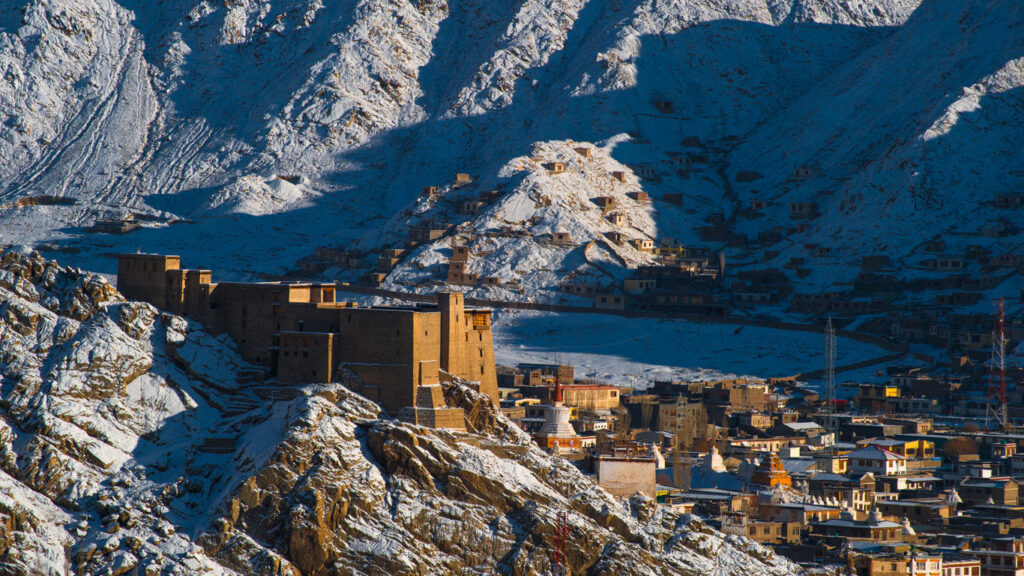

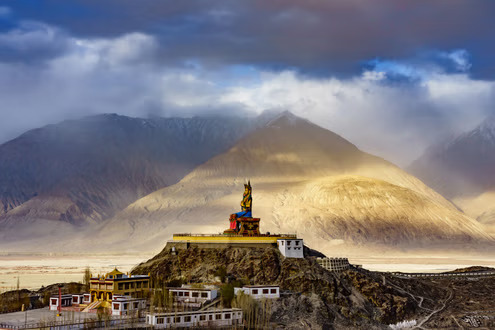

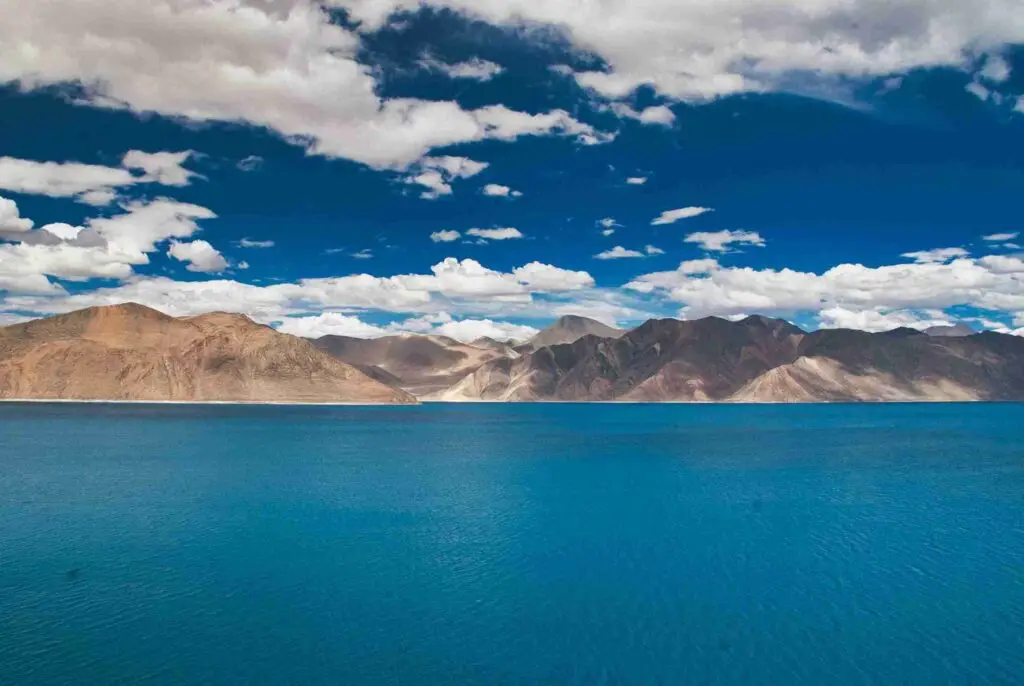
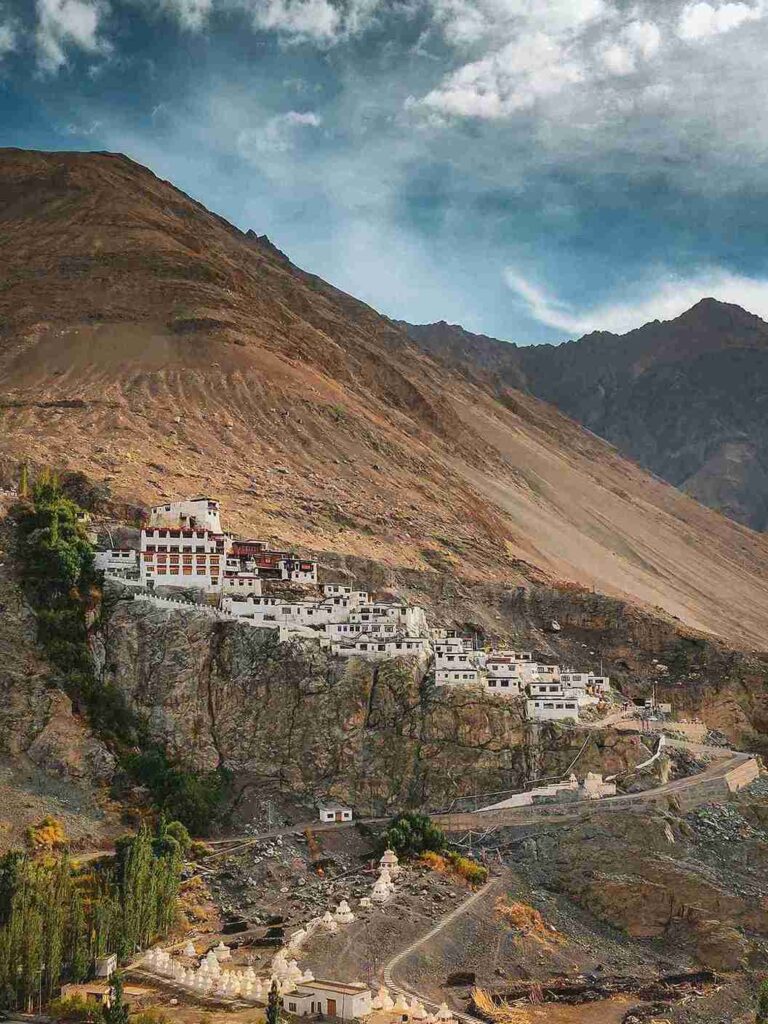
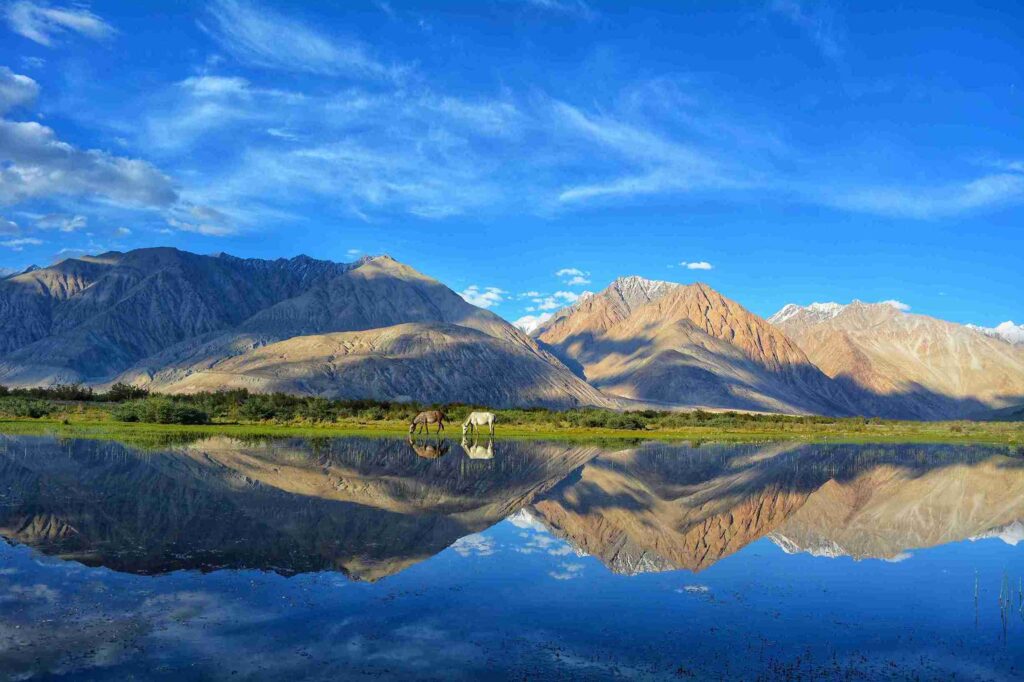
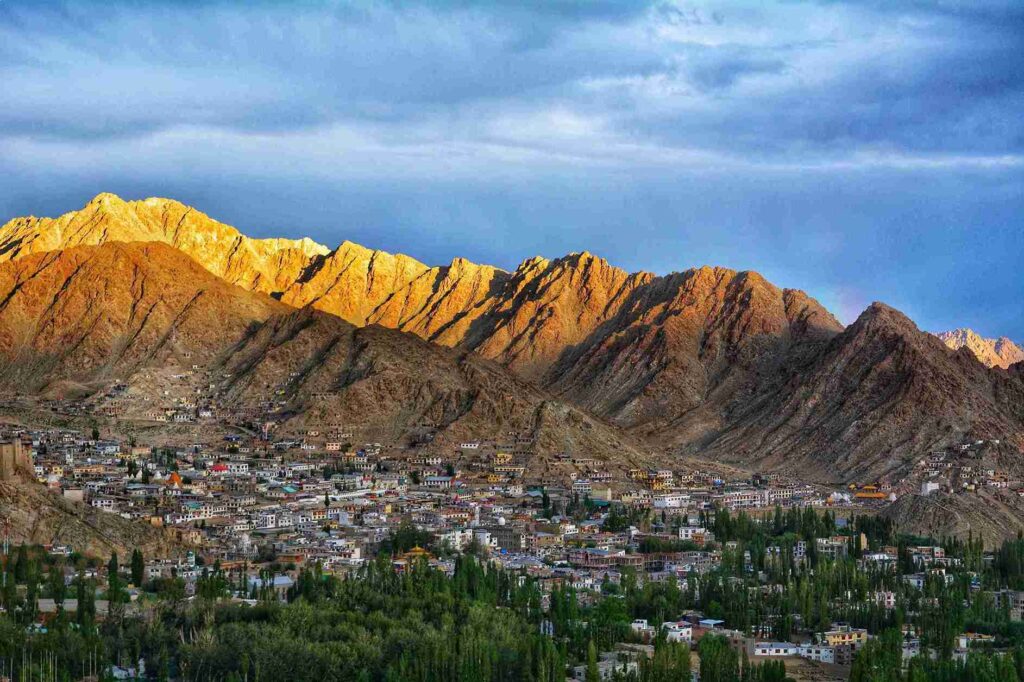
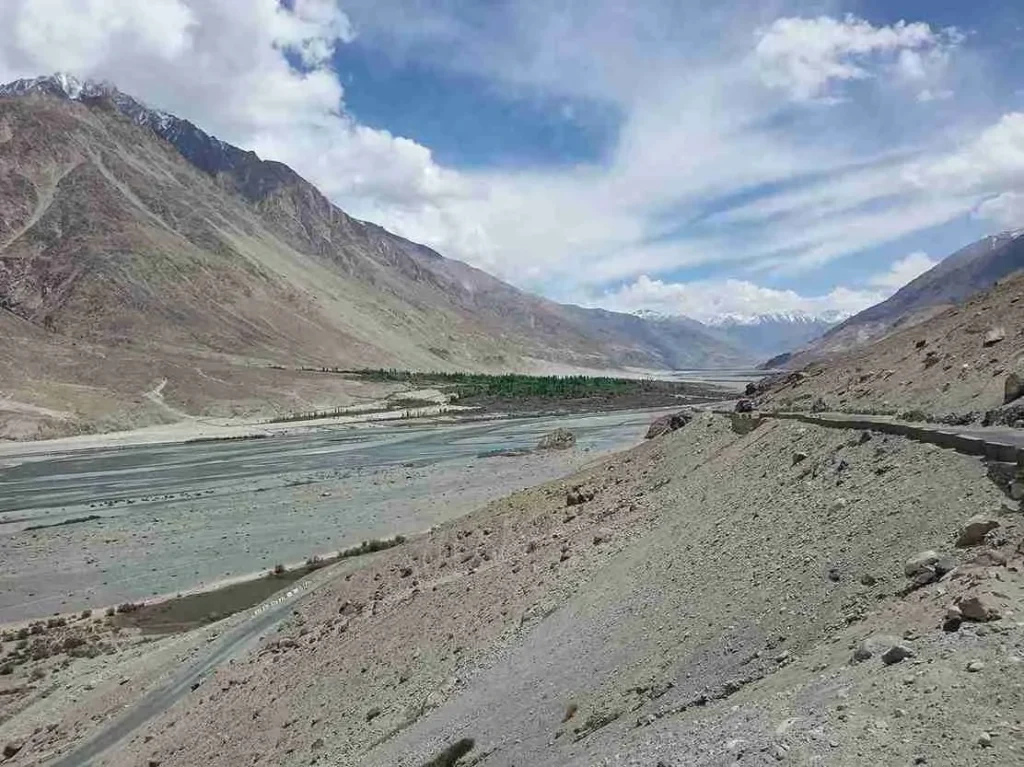
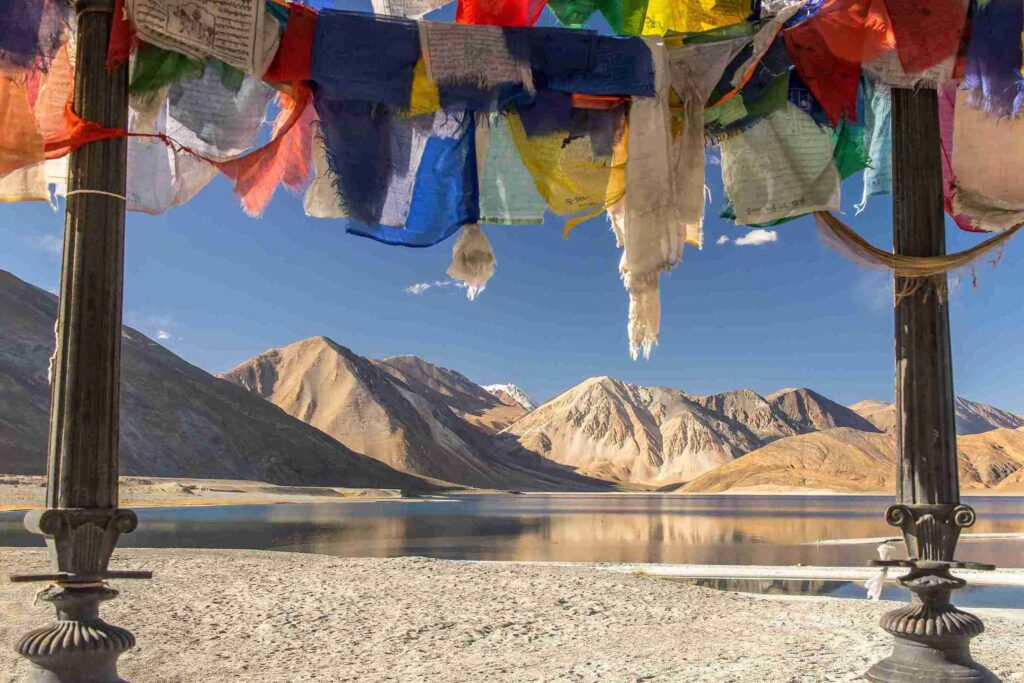
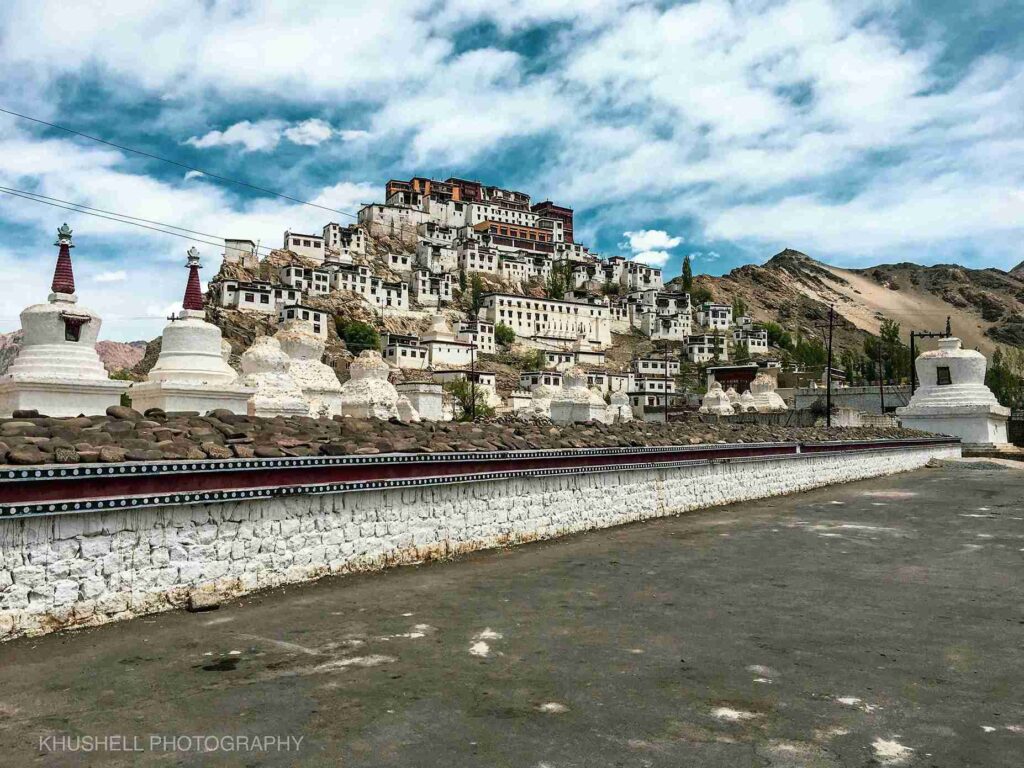
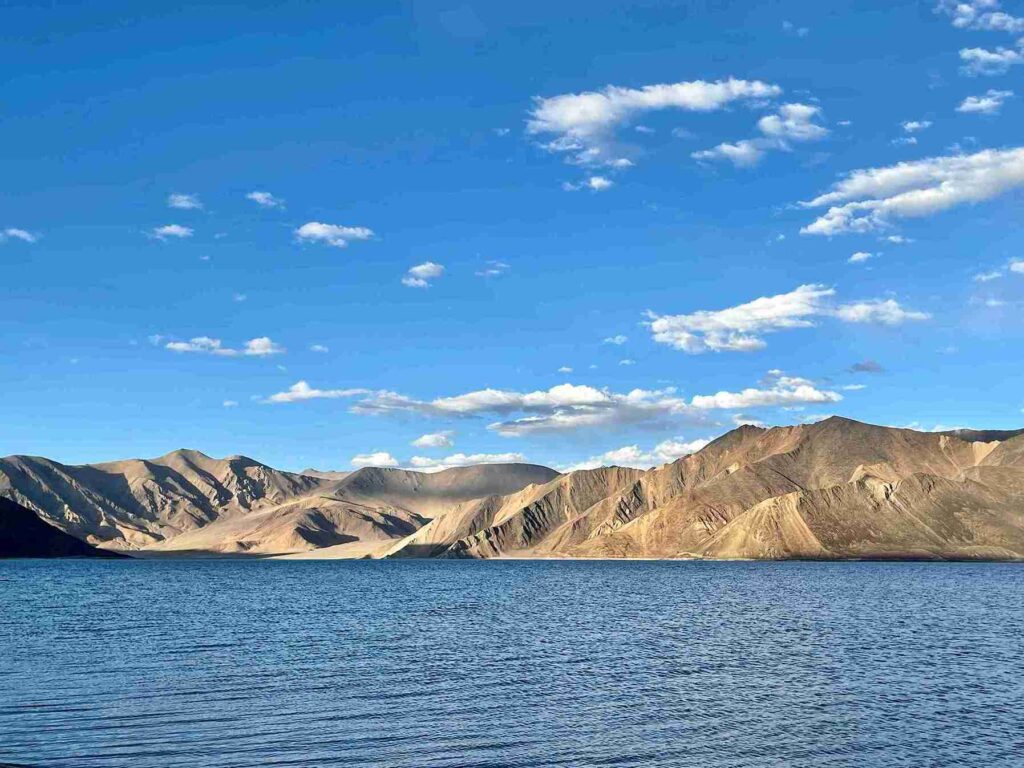
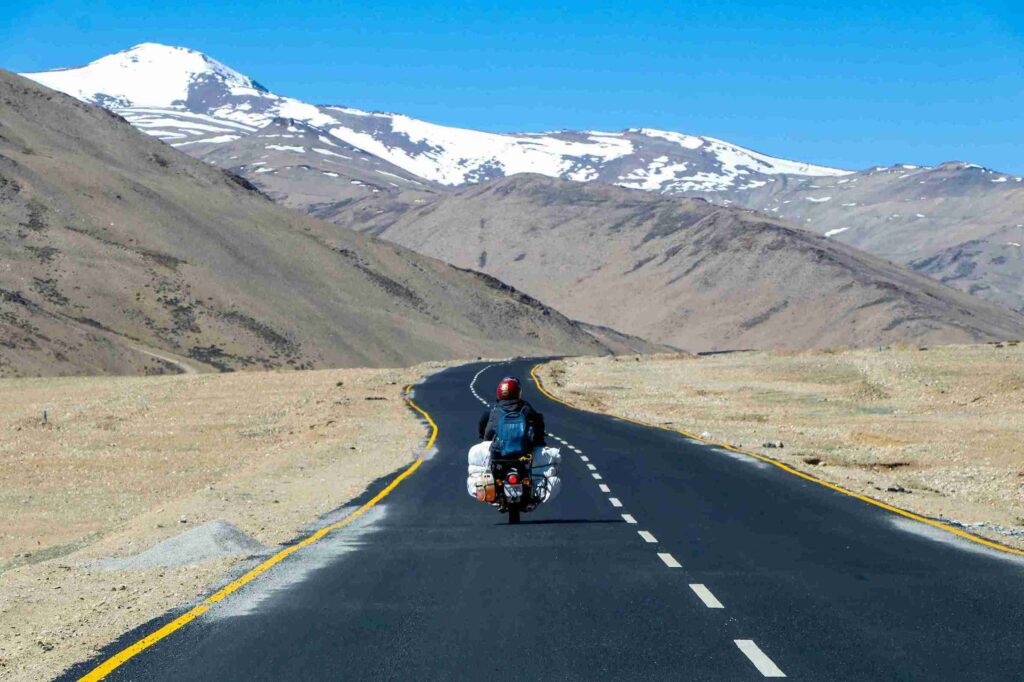
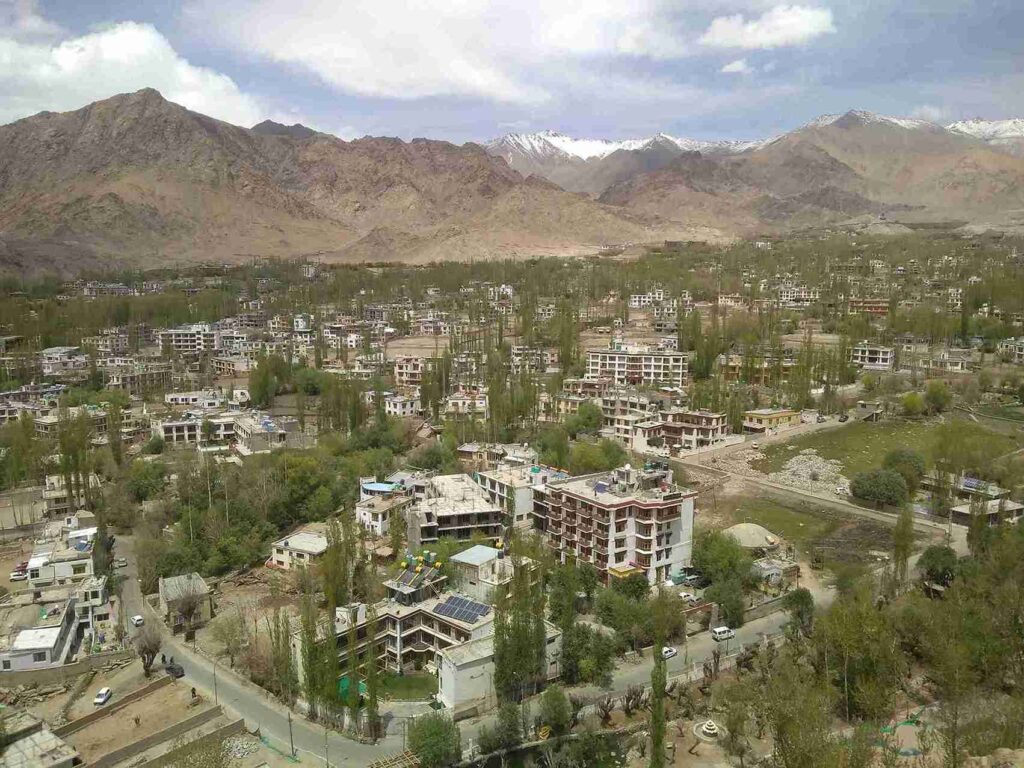

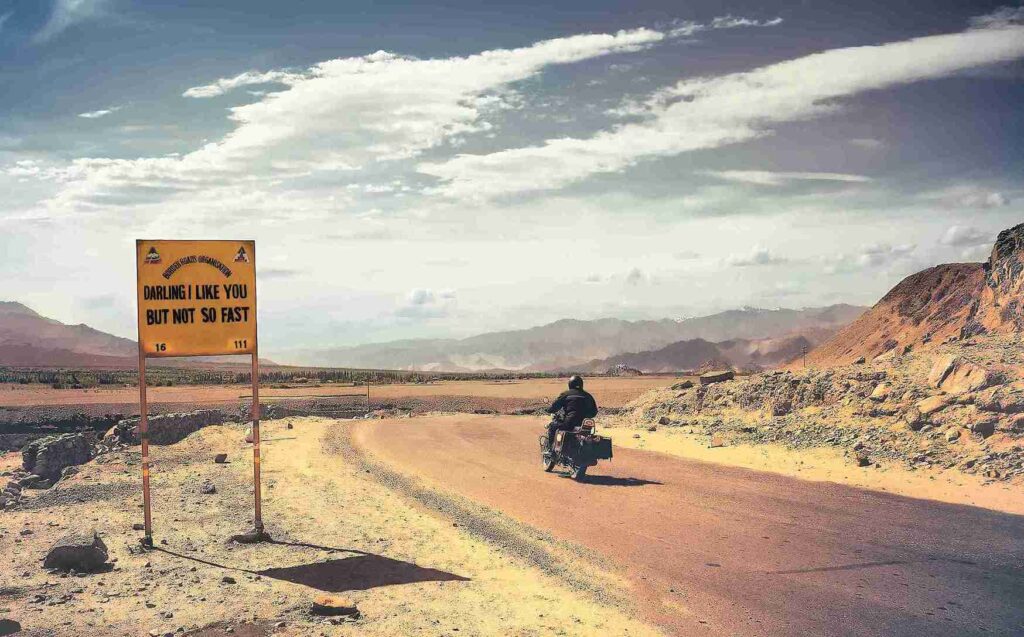
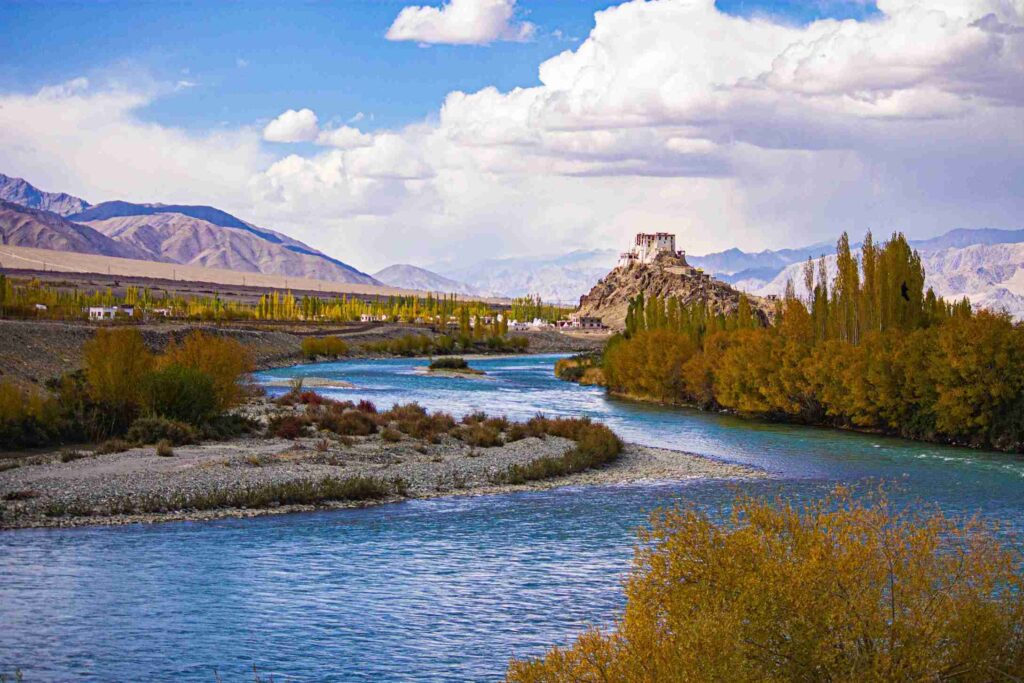

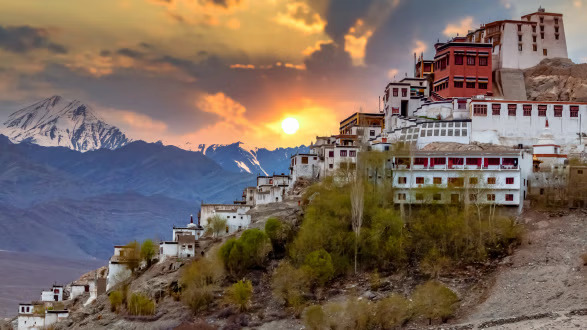

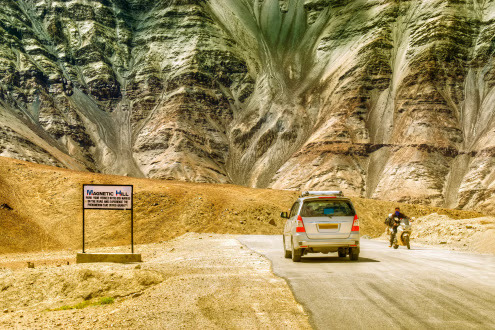
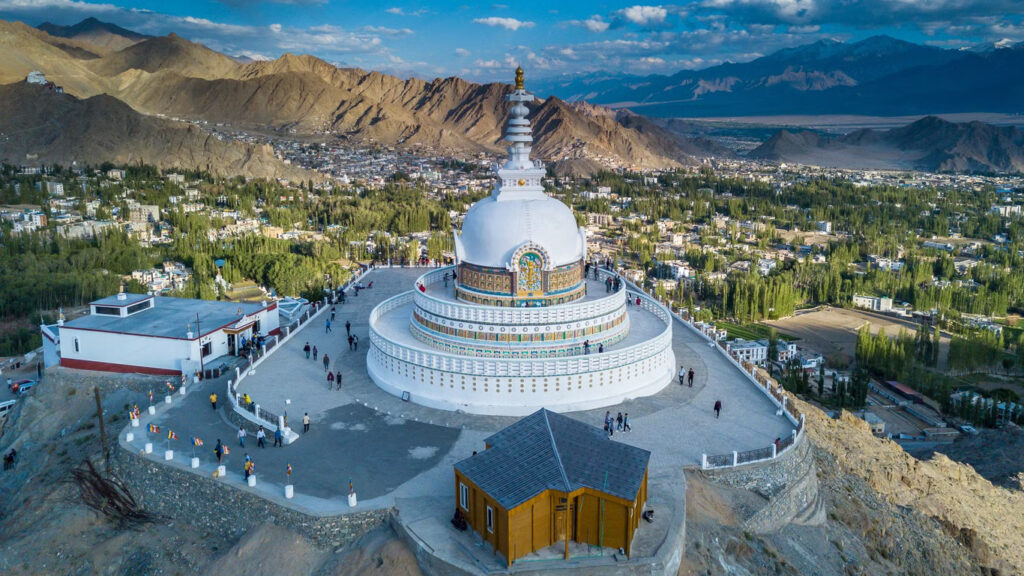

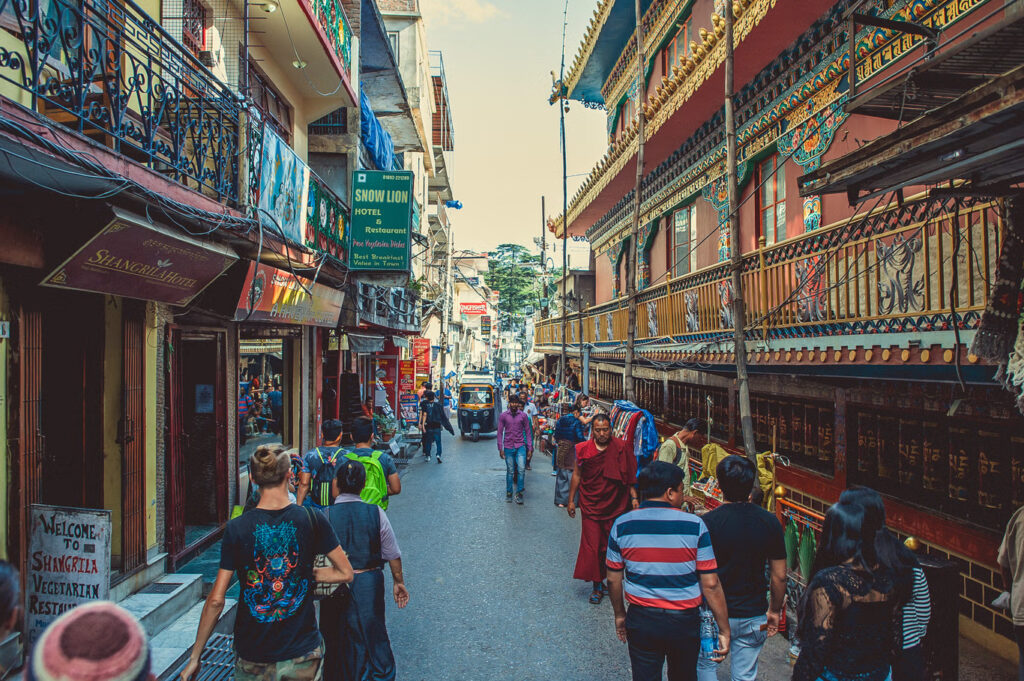
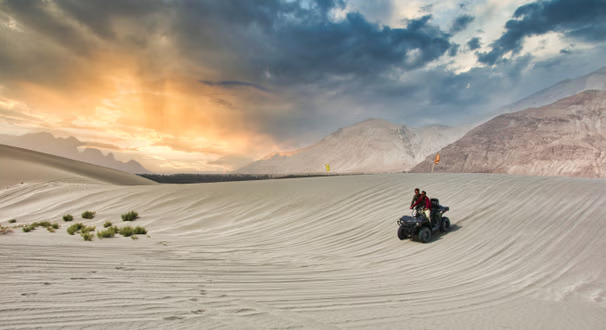
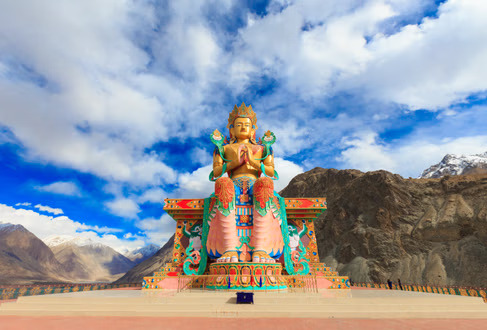
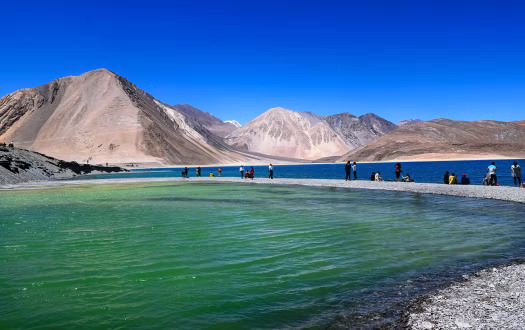


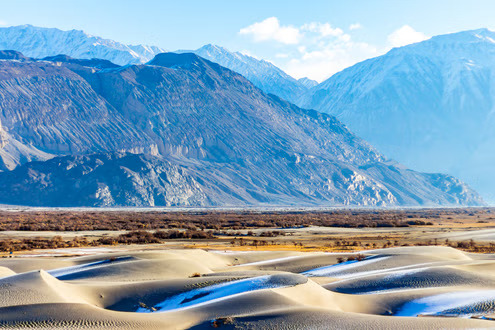
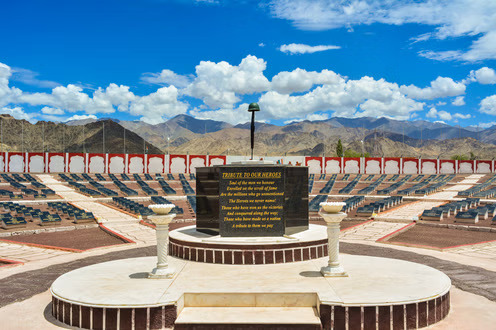
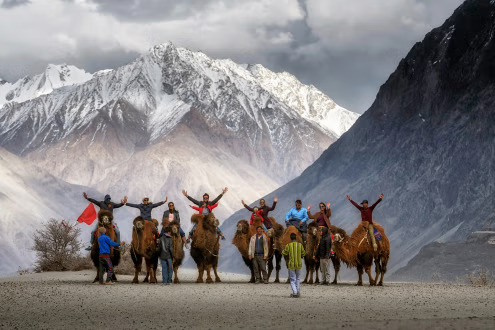
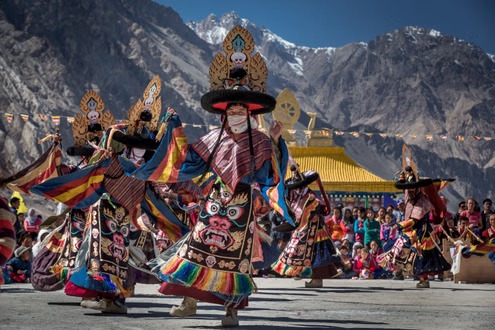

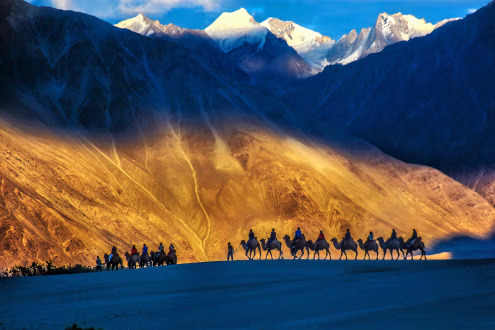
- Jan
- Feb
- Mar
- Apr
- May
- Jun
- Jul
- Aug
- Sep
- Oct
- Nov
- Dec
